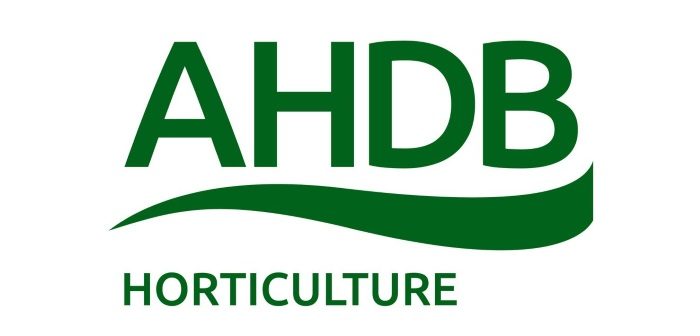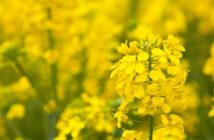A new diagnostic test to identify an emerging pest threat in the UK is one of five new research projects awarded by AHDB Horticulture in partnership with BBSRC.
The brown marmorated stink bug is native to Asia, but has been confirmed in south east England. It can cause significant damage to a range of plants including soft fruit, ornamentals, field vegetables and tree fruit. Researchers hope to develop a rapid DNA-based identification tool, as it can easily be mistaken for the UK-native shield bug.
The project is one of five successful research programmes that will tackle high priority pests and diseases thanks to a new £250,000 initiative from Biotechnology and Biological Sciences Research Council (BBSRC), part of UK Research and Innovation (UKRI), and AHDB.
The other winning projects include research to develop pheromone traps to help control and monitor Nesidiocoris tenuis, a pest that can damage tomato crops, as well as developing new and improved methods to isolate pheromones from horticultural thrips.
In addition there will be an evaluation to see whether a diagnostic test for Fusarium basal rot in bulb onions is effective prior to planting, as well as a project to develop a new resource in genomics to improve the understanding of downy mildew.
Dr Nikki Harrison, Horticulture Senior Scientist at AHDB, said: “The quality of the proposals we received for the funding was exceptional and we’re confident that this joint initiative will deliver critical and tangible results for some of the biggest threats facing the industry.
“We hope this new partnership approach with BBSRC will lead to longer-term research opportunities and funding for the horticultural sector in the future.”
The five projects will run until March 2020 and the results will be shared with the industry when available.
The winning projects were agreed by a panel of experts from across the horticultural industry and academic community, and were awarded based on robust criteria including scientific quality and the potential to deliver a significant positive impact to horticultural growers and businesses.




